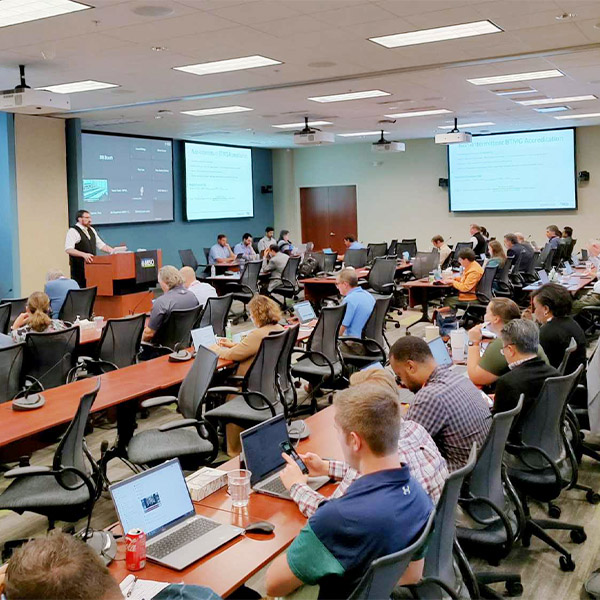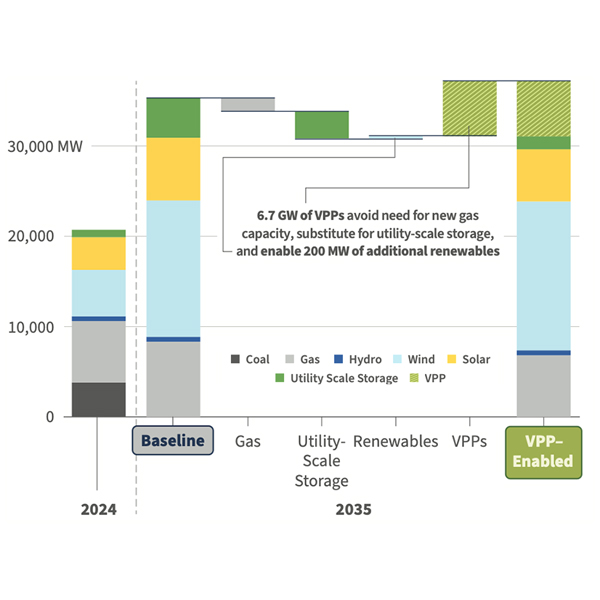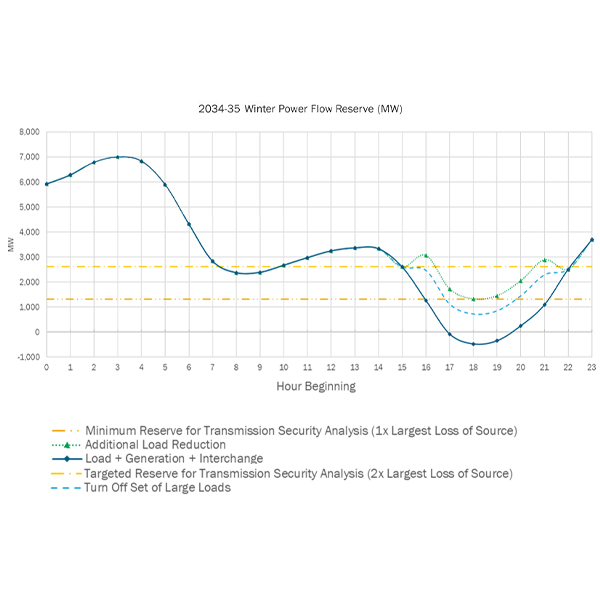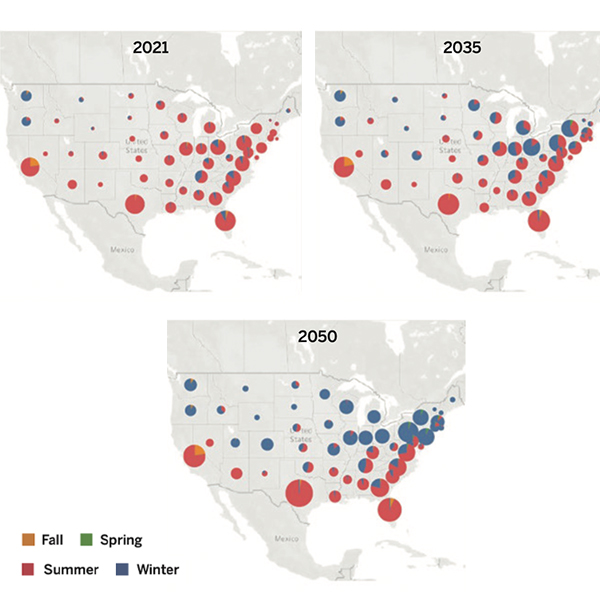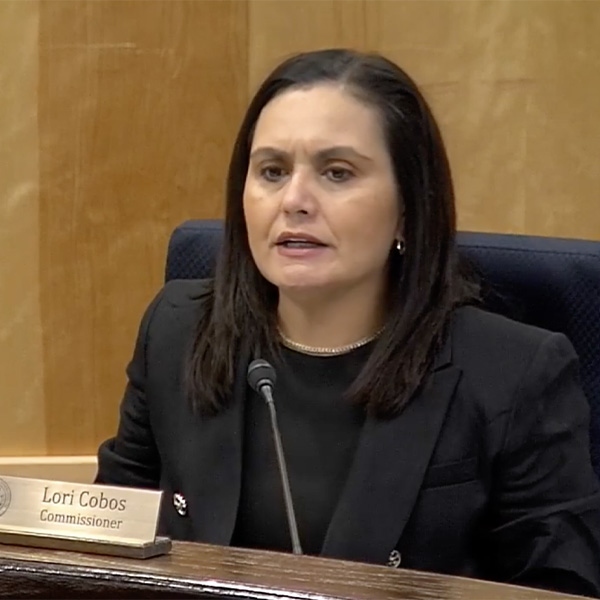Demand Response
The second leg of the Independent Market Monitor's analysis on PJM's 2025/26 Base Residual Auction looked at the impact of not counting reliability-must-run resources as capacity, paired with several other factors.
As the growth in battery capacity is accelerating, the new milestone is one-quarter of the way to the state’s projected need of 52 GW of battery storage capacity by 2045.
PJM has proposed changes to the demand response availability window, which determines when the curtailment capability is evaluated as accredited capacity and expected to be online for dispatch.
Demand response in MISO is poised to be subject to more rigorous standards as the Independent Market Monitor warns of more potential bad actors.
Virtual power plants can help the power grid deal with some of its most pressing issues, such as meeting rising demand and helping to integrate more renewables affordably.
In response to stakeholder criticism, NYISO updated its draft Reliability Needs Assessment to include an executive summary and appendices, and extended the comment period on the report.
The new report argues that discussions about building electrification largely leave out one key issue: how to prepare the grid for the higher demand and new consumption patterns associated with the shift.
Texas regulators have approved ERCOT’s reliability plan for the petroleum-rich Permian Basin that could rely on the state’s first use of 765-kV transmission facilities.
NYISO made significant updates to its assumptions as part of its final Reliability Needs Assessment, which now shows no concern of a capacity deficiency and a loss-of-load expectation of less than 0.1 in 2034.
The CAISO Board of Governors and Western Energy Markets Governing Body passed two proposals that address different issues within Western markets.
Want more? Advanced Search



